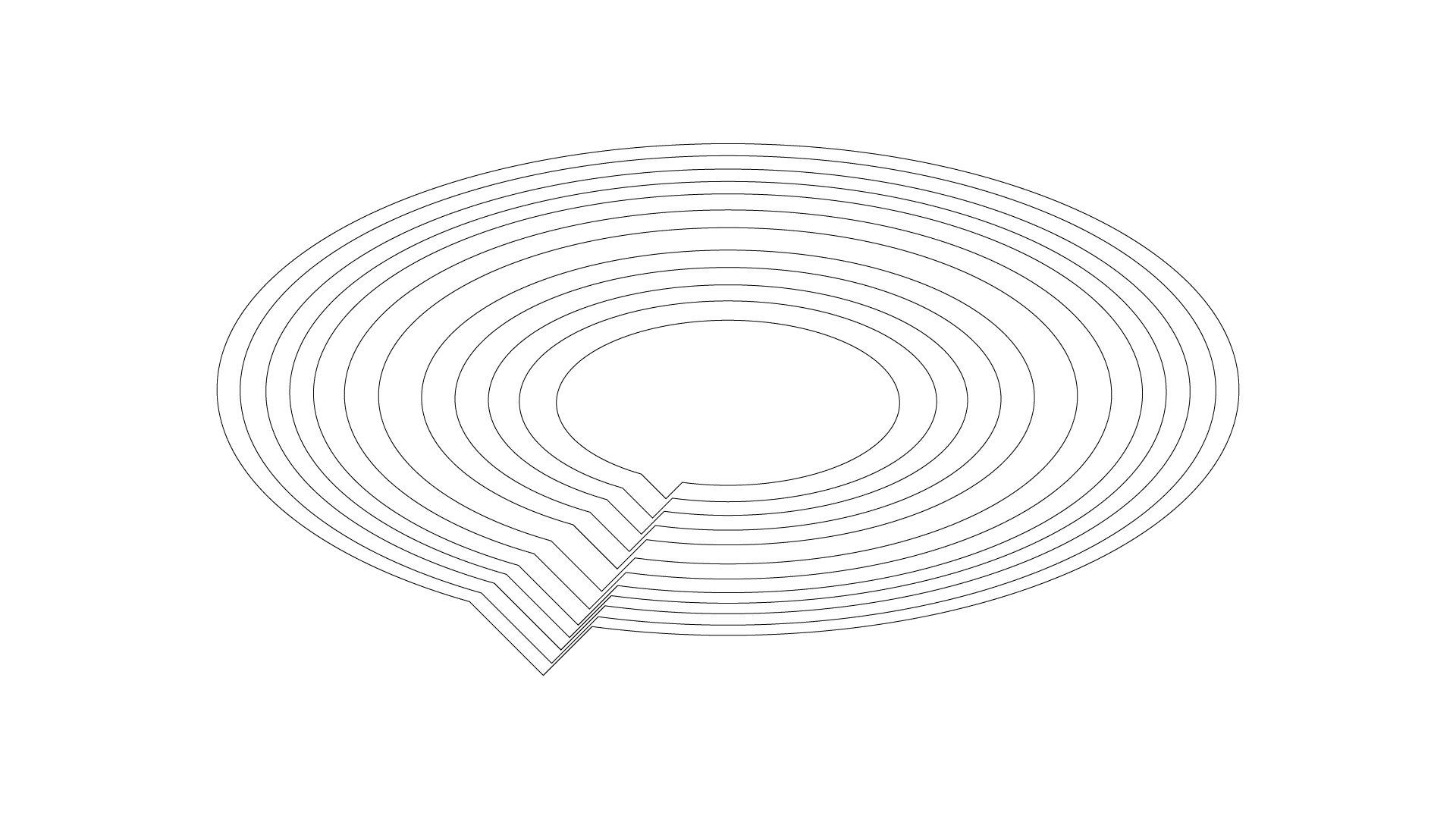One of the biggest threats to creative projects is scope creep – that moment when what started as a clearly defined project spirals into more work than originally planned. Known by some as “project bloat,” this issue drains your time, resources, and even your profit margin, often without additional compensation. To avoid finding yourself working far more than you’re paid for, it’s crucial to know how to spot the signs of scope creep early and prevent it from taking over your projects.
What is scope creep?
Scope creep occurs when a project’s requirements or expectations expand after the work has begun. This can happen for several reasons, often due to unclear deliverables, evolving client expectations, or vague boundaries in the initial proposal. For instance, a simple web design project might grow to include e-commerce functionality, additional pages, or content management tools that weren’t originally included. Each of these changes adds time, effort, and cost – yet, without a proper agreement, you might find yourself doing the extra work for free.
Why soes scope creep happen?
There are several common reasons scope creep can sneak into your creative projects:
Vague or open-ended proposals
If the original proposal isn’t clear about what’s included (and what isn’t), the client may assume additional tasks or revisions are part of the deal.
Client expectations evolve
Sometimes, clients realize halfway through that they want more features or a slightly different direction. While it’s natural for ideas to evolve, it’s important to address these changes formally – otherwise, you risk working extra without getting paid.
Undefined deliverables
Without specific deliverables, both you and the client may have different interpretations of what the final product should look like. This misalignment can lead to last-minute requests and revisions that extend the scope of the project.
Lack of process control
If you don’t take control of your workflow, it’s easy for the project to stray from its original path, leading to extra work that wasn’t part of the plan.
How to avoid scope creep in your projects
Preventing scope creep doesn’t mean you have to shut down every new idea or request from the client. It’s about setting boundaries, being proactive in communication, and ensuring any changes are properly compensated. Here’s how you can protect your projects from bloat and stay focused on what you’ve been paid to do:
Start with a clear proposal
One of the best ways to prevent scope creep is to create a crystal-clear proposal right from the start. With Ok-Ok, you can use our customizable proposal sections to detail exactly what’s included in the project. Break down each deliverable, timeline, and milestone, leaving no room for ambiguity.
For example, if you’re building a website, specify how many pages you’ll deliver, whether you’ll include SEO optimization, and the number of revisions allowed. A detailed proposal prevents misunderstandings later on and makes it easier to say no to extra requests.
Set expectations upfront
Before any work begins, use Ok-Ok to have an open conversation with your client about the project’s scope. Clearly explain what’s included in the proposal and let them know any changes will need to be approved and may come with additional costs. By managing expectations early, you prevent surprises later on.
Document changes as they arise
Despite your best efforts, sometimes clients will want to add or change things mid-project. When this happens, it’s important to document these changes and adjust the proposal accordingly. Ok-Ok’s platform allows you to easily add new proposals for add-ons or scope changes, ensuring everything is tracked and agreed upon.
If your client requests additional features or revisions, use Ok-Ok to outlinine the extra work and any associated costs. This not only keeps the client informed but ensures you’re fairly compensated for any extra work.
Set limits on revisions
Revisions are a natural part of the creative process, but they can quickly spiral out of control if not managed properly. Be sure to include a specific number of revision rounds in your proposal. For example, offer “up to 3 rounds of revisions included” and specify that any additional revisions will incur extra charges.
With Ok-Ok, you can easily include revision limits in your deliverables section and ensure your client knows exactly what’s covered. This gives you a clear boundary to refer back to if they request changes beyond the agreed-upon scope.
Communicate consistently
Keeping an open line of communication with your client throughout the project helps you stay aligned and prevents any surprises. If the client begins hinting at changes, address them immediately.
Scope creep is one of the biggest challenges in creative projects, but it’s also one of the most avoidable. By setting clear expectations, documenting every change, and keeping the proposal updated, you can prevent project bloat and ensure you’re fairly compensated for any additional work. With Ok-Ok, managing your proposals and project scope is easier than ever—helping you stay focused, organized, and profitable.
Want more insights on how to keep your proposals clear and avoid costly misunderstandings? Check out our post on The Price of Unclear Proposals: How Miscommunication Costs You for tips on avoiding project delays and ensuring smooth communication with your clients.



